There are old stumps in almost every area. They not only complicate the use of the entire usable area, but also pose a serious threat. Pests and various bugs, mushrooms and mold can settle in them. All this is harmful not only for the soil and garden plantings, but also for the health of land owners. To trust the saw cut of the trees themselves is only for professionals, for example, the company, which is presented on the page https://en.tomathouse.com/4/. But it is not necessary to call a special technique to get rid of the stump. There are many simple ways to uproot quickly and without help.
Useful chemistry
In order to remove the remains of a tree, especially a large one and quite old, considerable physical strength is required. You can simplify the task by using solutions of chemicals that are freely sold in pharmacies and household stores. Like any organic matter, wood quickly decomposes under the influence of caustic agents. The most effective include:
- potassium nitrate;
- salt;
- urea
Salt can be used only immediately after sawing, after it will not act on the tree. Coarse salt should be poured onto a fresh, open surface to form a dense layer. If there is no rain for several days, you can moisten artificially. The procedure is carried out for about a month continuously. The saline solution will corrode the remains even inside the soil, it will not be difficult to remove them.
Potassium nitrate can be used on any stump. In his body, you need to drill holes of large diameter with a depth of at least 30 centimeters in the amount of one piece for every 10 square centimeters. Pour warm water inside, wait about an hour, and then tamp the saltpeter. You need to add the drug for at least 3 days in a row to fill all the voids. It is better to do this in the fall, when it is already colder. When the stump is prepared in this way, it must be wrapped in a film in several layers and left until spring. During this time, it will dry out, it remains either to burn the wood, or simply remove it with ordinary scrap.
Water or fire
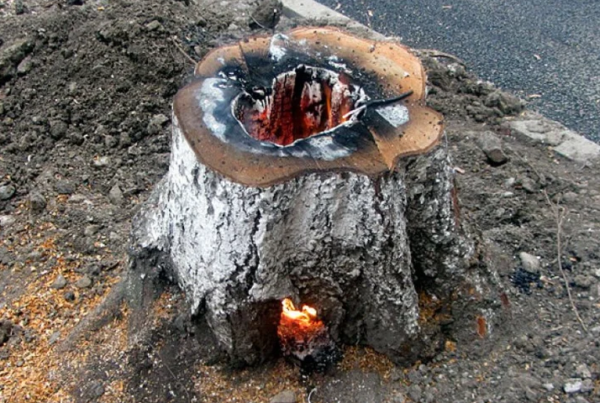 Some site owners do not want to use chemicals, even safe ones. This is especially justified if the groundwater lies high, nourishes the plants and can spread the remnants of the used compounds throughout the planted area. Then it is better to use mechanical methods. A safe option is to erode the base with water under pressure. To do this, you only need a hose. Dip the area around the stump, opening access to the main processes. Under high pressure, wash the base with water until the lateral small roots separate. You can leave a stump for a day after the procedure, if the street is not too hot. Moisture will weaken adhesion to the soil, soften the wood. It remains only to cut the main roots and pull out the stump. It will not be difficult to do this.
Some site owners do not want to use chemicals, even safe ones. This is especially justified if the groundwater lies high, nourishes the plants and can spread the remnants of the used compounds throughout the planted area. Then it is better to use mechanical methods. A safe option is to erode the base with water under pressure. To do this, you only need a hose. Dip the area around the stump, opening access to the main processes. Under high pressure, wash the base with water until the lateral small roots separate. You can leave a stump for a day after the procedure, if the street is not too hot. Moisture will weaken adhesion to the soil, soften the wood. It remains only to cut the main roots and pull out the stump. It will not be difficult to do this.
If water is supplied on schedule and under slight pressure, as in gardening companies, it is better to resort to the help of fire. It is also necessary to drill large holes in the stump. Pour ignition fluid into them, observing safety precautions. Then just set it on fire. In the first few minutes it is necessary to support the process, since the wood is still raw, and the flow of air is limited. But then the burning will increase.About a day from the stump, only useful ash will remain, which can be used as fertilizer.
It is even easier to get rid of stumps if they are left from crops that do not give growth. These are some garden species, as well as deciduous and coniferous plants. In this case, you need to cut off the protruding part, level the level with the ground with a crowbar or ax. Sprinkle with soil on top, you can plant a lawn or lay decorative moss. A stump will not interfere with anything, a new tree will not grow, processes will not appear either. And after 5-7 years, with regular rains, nothing will remain of the wood; new garden crops can be planted in the same place.
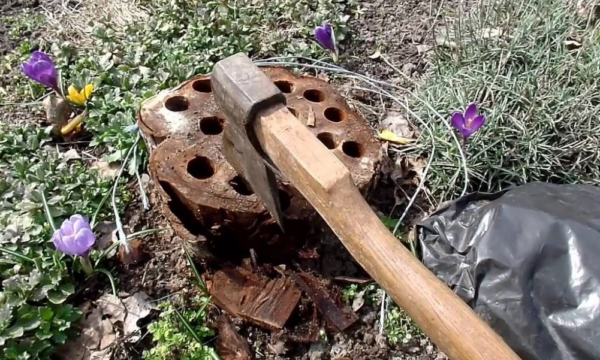
You can get rid of old stumps not only with shredders and winches. Ordinary salt, available saltpeter and even water will help level the area, prevent the appearance of overgrowth and completely free the area for further use. Each of the methods is simple, however, requires safety precautions. All options are associated with a small waste of money, time and effort.

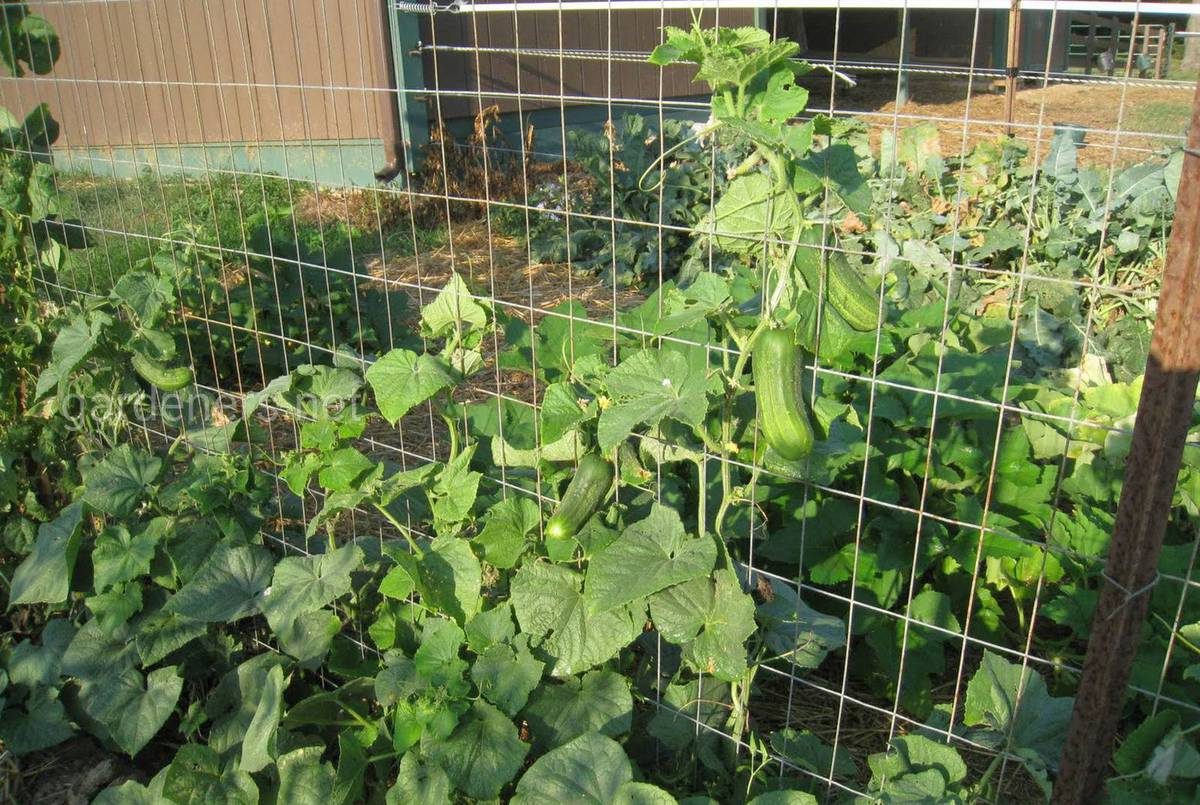
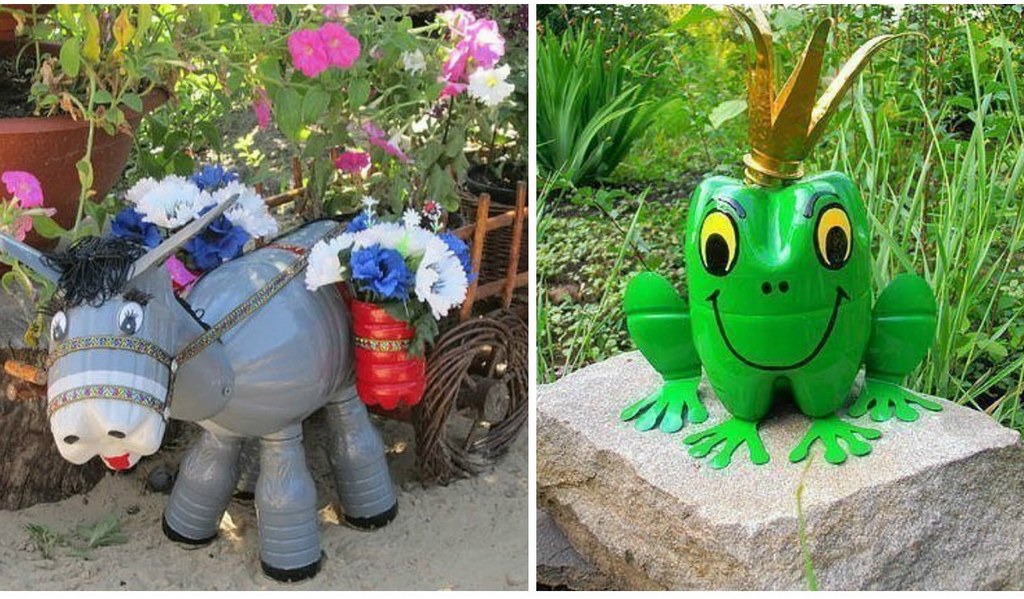
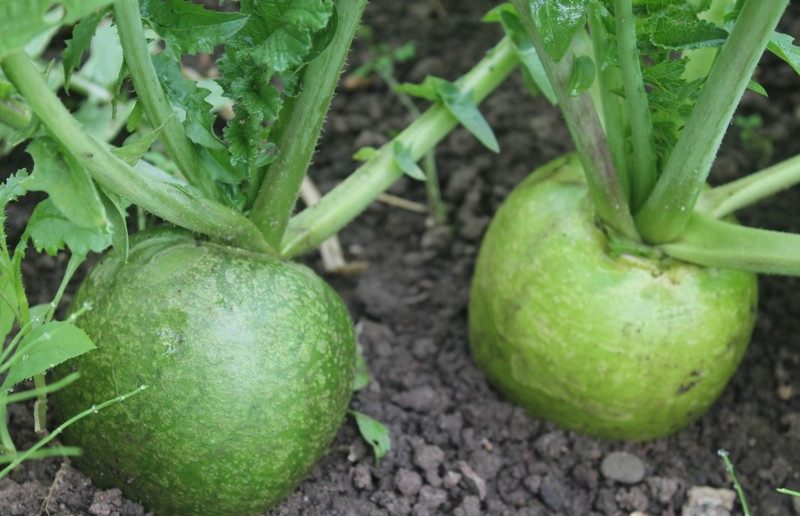
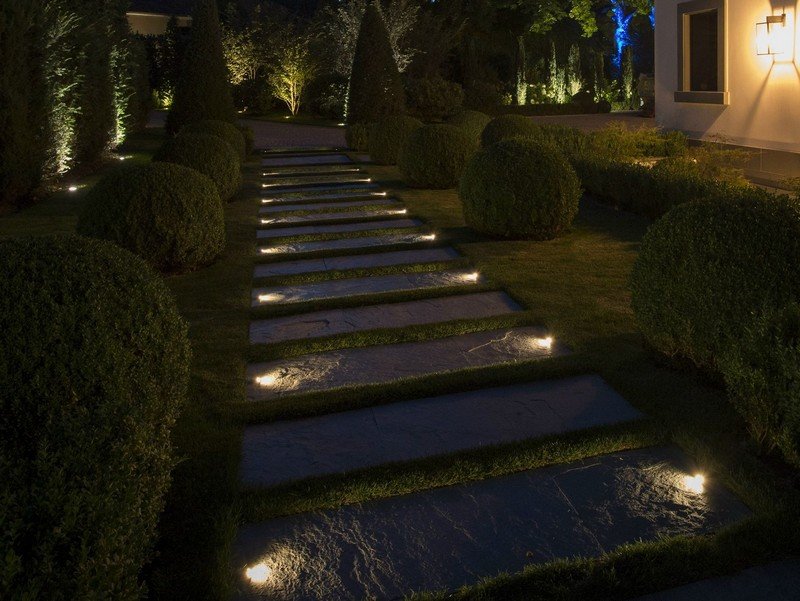 How to decorate and highlight garden paths in an original way?
How to decorate and highlight garden paths in an original way?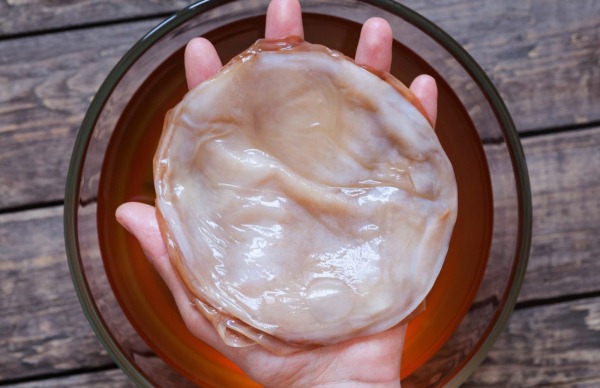 How to grow Kombucha "from scratch"?
How to grow Kombucha "from scratch"?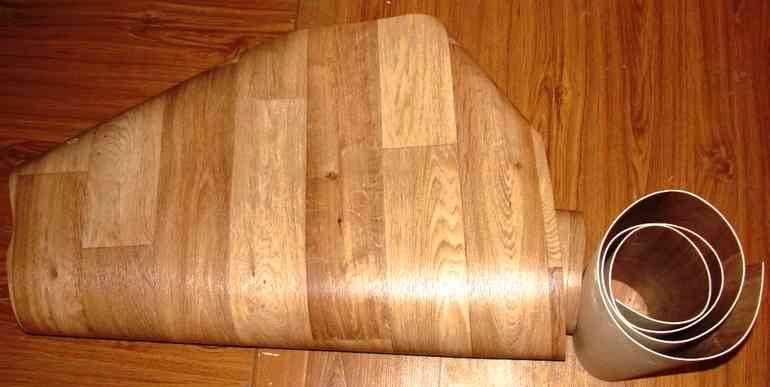 8 practical ideas for using linoleum in the garden
8 practical ideas for using linoleum in the garden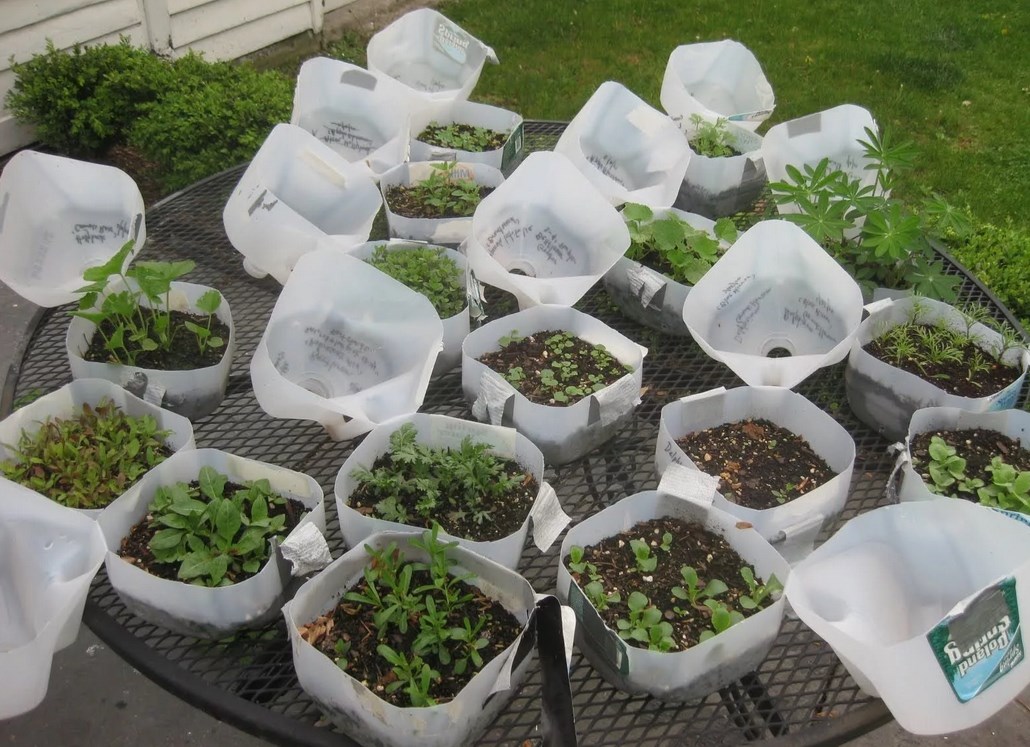 Useful crafts from do-it-yourself canisters for the garden
Useful crafts from do-it-yourself canisters for the garden